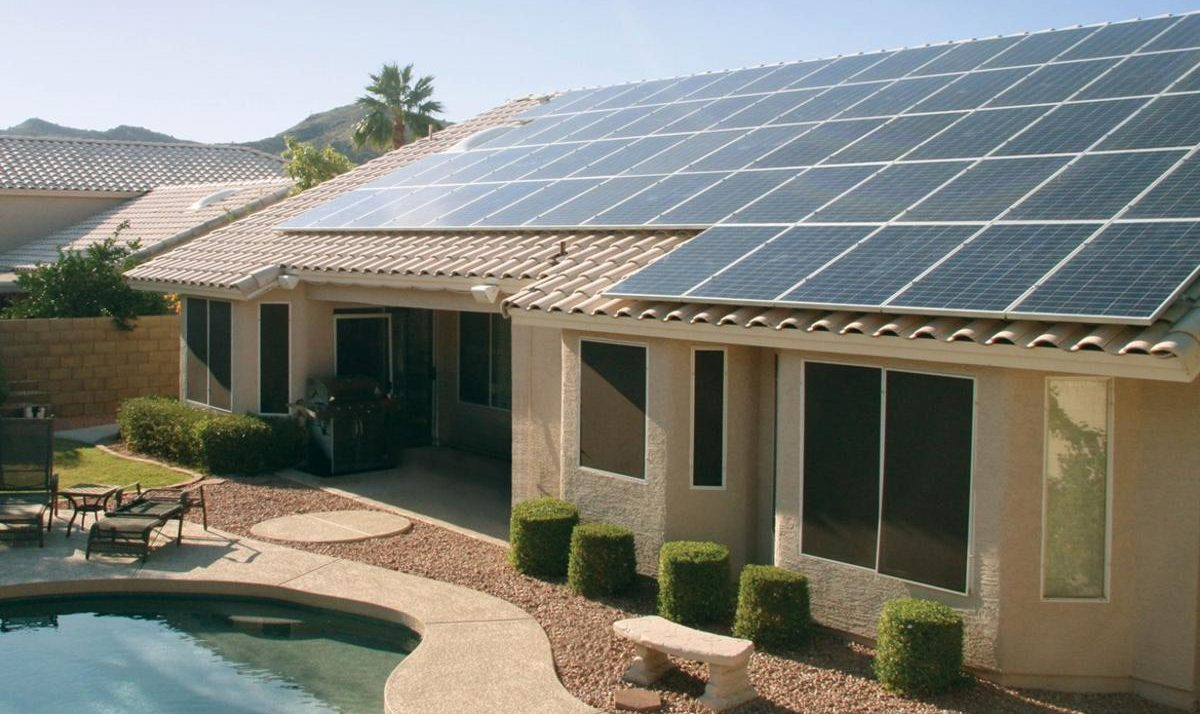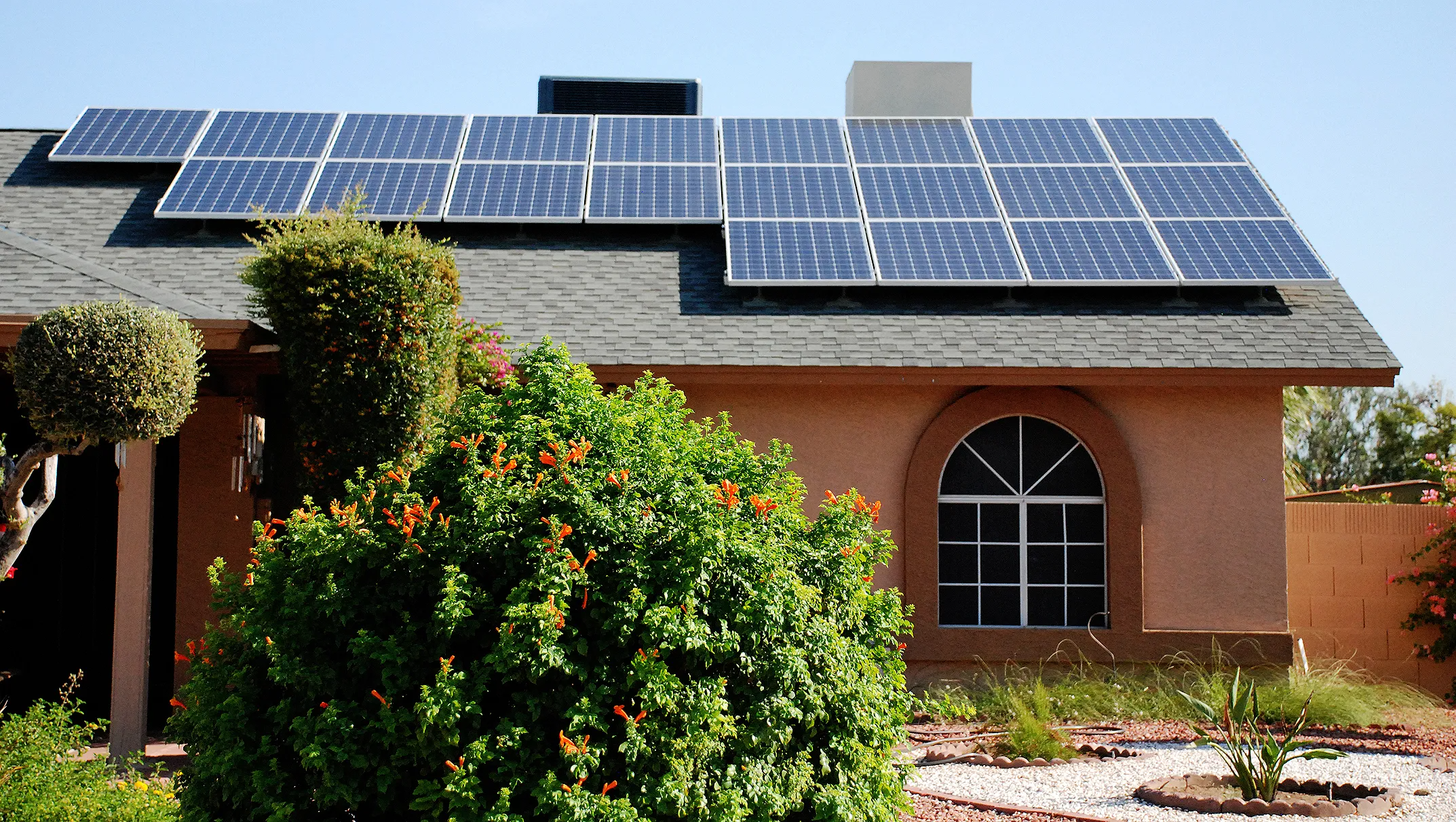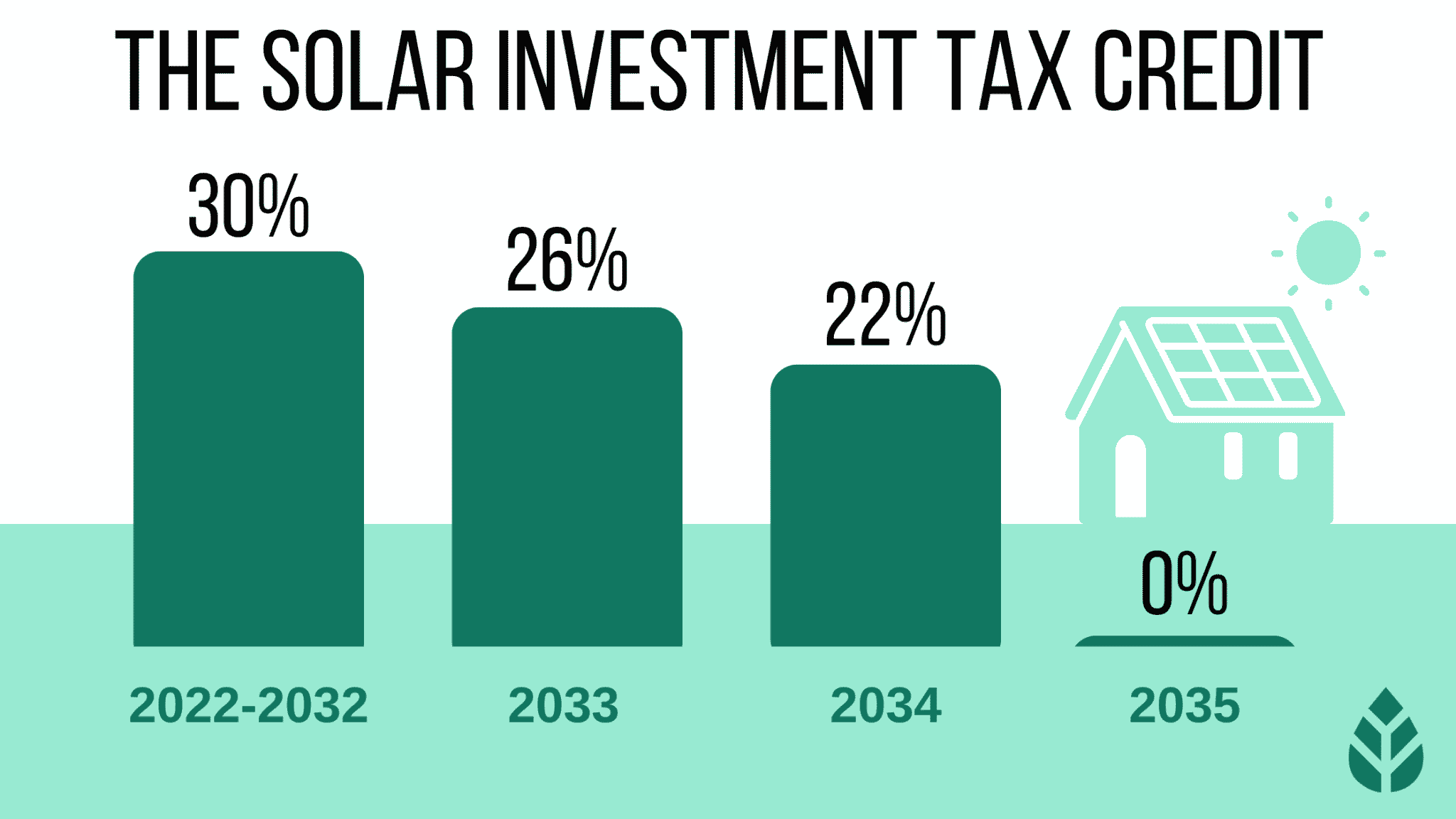
Image Credit: Wall Street Journal
Electricity bills can be brutal on your wallet, especially as utility prices continue to rise. Solar panels have become increasingly popular among homeowners as a way to save money on their electricity bills. However, the cost of solar panel installation can, understandably, make homeowners uneasy. The good news is that several solar incentives and rebates are available to make going solar a more affordable option.
This guide will explore the different solar incentives including:
- Federal Solar Tax Credit
- State Solar Tax Credit
- Net Metering
- Sales Tax Exemption
- Property Tax Exemption
- Solar Rebates
- Solar Renewable Energy Certification (SREC)
- Performance Based Incentives
- Subsidised Loans
General Solar Incentives Programs in the United States
The United States offers a range of general solar incentive programs to help make solar installation more accessible for everyone. From tax credits to cash rebates, these programs are designed to offset the initial costs of installation, making it more affordable for homeowners and businesses alike to go green.
Federal Solar Tax Credit
Thanks to the Federal Solar Tax Credit (also known as the Investment Tax Credit), which allows you to claim a percentage of the total installation cost of your home solar project on your federal income taxes, you can save thousands of dollars on a solar installation.
Even though the average cost of solar panels has dropped 89% in the last decade, the upfront cost can still create a significant hurdle. The incentive has been around since 2005, but it's been particularly attractive since the Biden administration passed the Inflation Reduction Act in August 2022, which bumped the credit back up to 30%.
State Solar Tax CreditWhile the Federal Solar Tax Credit has played a crucial role in helping homeowners save money on their solar panel installation costs, some states have gone even further. Several states across the country offer their own solar tax credits, which can be combined with the federal tax credit for even greater savings.
Although not every state offers these credits, those that do have varying amounts that they offer. For instance, South Carolina provides homeowners with a tax credit worth up to 25% of their total system cost, whereas New Mexico's tax credit rewards homeowners with up to $6.50 per square foot of solar panel installation. These state-specific tax credits are another incentive for homeowners to invest in solar panels and contribute towards a sustainable future.
Net MeteringNet metering is a game changer for those with solar panels powering their homes. It turns out most solar panels produce more energy than what is needed to power a single home each day. But rather than let that energy go to waste, it can be fed back into the local electric grid. In return, your utility company will swipe right and give you credits for that extra power that can be applied to your monthly electricity bill.
While each state's policy on net metering varies, it's commonly understood that those living in states with favorable policies tend to have more solar adoption since they shorten the payback period and yield a higher return on investment. So let the sun shine, and your electricity bills decrease!
Sales Tax ExemptionAccording to the Solar Energy Industries Association, 25 states offer sales tax exemptions for solar energy. With most states having sales taxes ranging from 4 to 7%, homeowners could save over $1,000 on an average-sized solar system. That's a significant amount of money that can be put towards other expenses. Not only are you saving money on your energy bills, but you're also saving on taxes. It's a win-win situation!
Property Tax ExemptionDid you know that you can increase the value of your home without paying any additional property taxes? Most states and local municipalities offer property tax exemptions for renewable energy systems, such as solar panels.
This incentive means you won’t have to worry about the added property taxes that usually come with home upgrades. Each state has its own specific form of this exemption; for example, in California, it’s called the “Active Solar Energy System Property Tax Exclusion.”
This popular incentive ensures that adding solar panels won’t increase homeowner property taxes. It’s worth checking out if you’re considering investing in renewable energy for your home. Currently, 36 states offer some property tax exemption for solar or other renewable energy systems.
Solar RebatesSome states, local governments, and even utility and solar companies offer solar rebates to homeowners or low-income service providers who take the leap into renewable energy. These rebates can come directly to the resident or be given to the solar contractor, who can charge less for installations.
Unlike utility rebates, state government rebates generally do not reduce your federal tax credit. This means you can enjoy the state rebate and the federal tax credit without any overlap or reduction.
For example, if you installed a solar PV system in 2022 and receive a $1,000 one-time rebate from your state government, your federal tax credit will still be calculated based on the full installation cost of $18,000.
This can ultimately save you even more money and make solar power an even more appealing choice for your home.
Additionally, many utilities offer extra rebates for solar energy storage systems or other energy efficiency upgrades. In California, for example, PG&E offers 15-20% rebates of the solar battery cost for all customers and up to 100% for customers in areas with frequent power outages.
Inquire with your solar installer what types of solar programs and rebates may be available near you.
Solar Renewable Energy Certificates (SRECS)One way in which individuals can help the state meet these goals is by installing solar panels on their homes. Not only does this reduce their carbon footprint, but it may also earn them solar renewable energy certificates (SRECs) for each megawatt-hour generated. Public utilities will even purchase these certificates in cash, offering a financial incentive for homeowners to do their part and contribute towards cleaner energy for all.
Currently, 30 states and the District of Columbia have renewable portfolio standards or clean energy standards that require electric utilities to deliver a certain amount of electricity from renewable sources. In fact, some states have set ambitious goals, with a target of using 100% renewable energy by 2050 or earlier. This is where joining the SREC market can benefit the homeowner financially and help the utility company meet minimum mandated requirements.
Performance-based Incentives (PBIs)Similar to net metering, a performance-based incentive, or PBI, will reward you for the electricity your solar panels produce. The way it works is simple: a PBI will pay you a set credit for each kilowatt-hour of energy your system produces. What's even more exciting is that this incentive may be offered by the state, local government, or your utility company, making it easier for you to take advantage of solar power and reap the fringe benefits.
Subsidized LoansIn some states, local utilities and organizations offer subsidized loans to make solar power affordable for more households. If you're considering a solar panel system and are requesting a free quote from a solar company, don't hesitate to ask about solar loan programs, from home equity loans to cash-out refinancing.
With a little research and assistance, you could soon be powering your home with clean, renewable energy. Contact US Solar Supplier to get your solar journey started.







